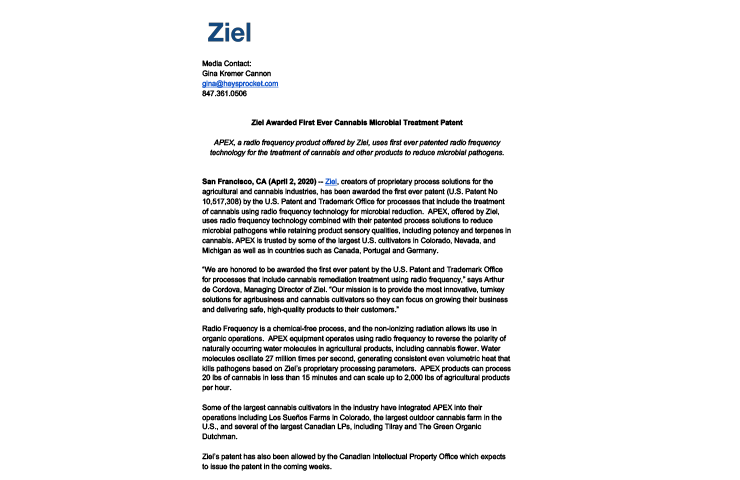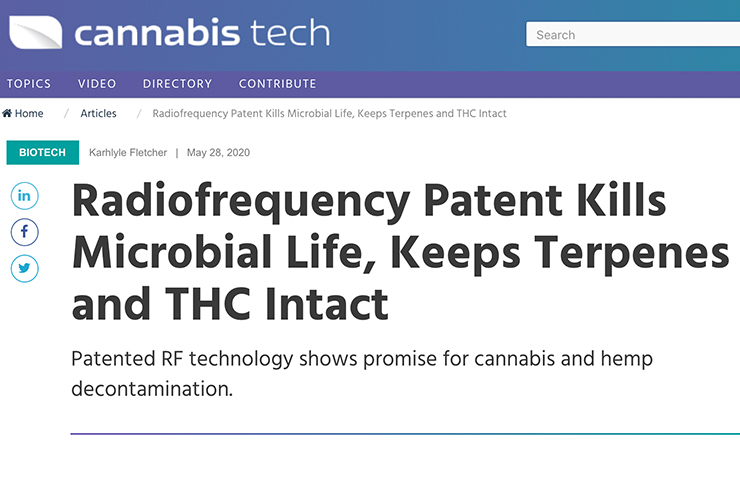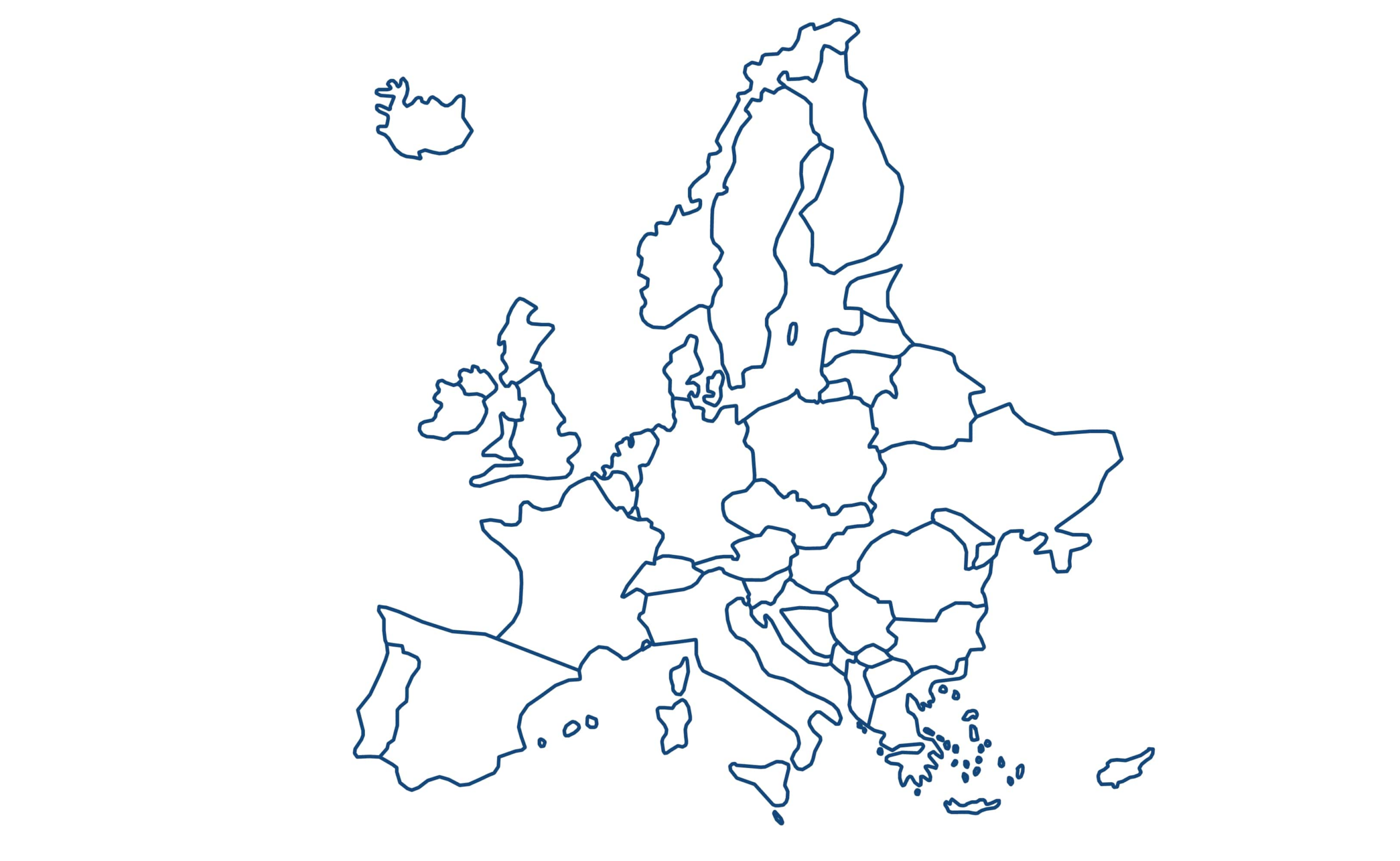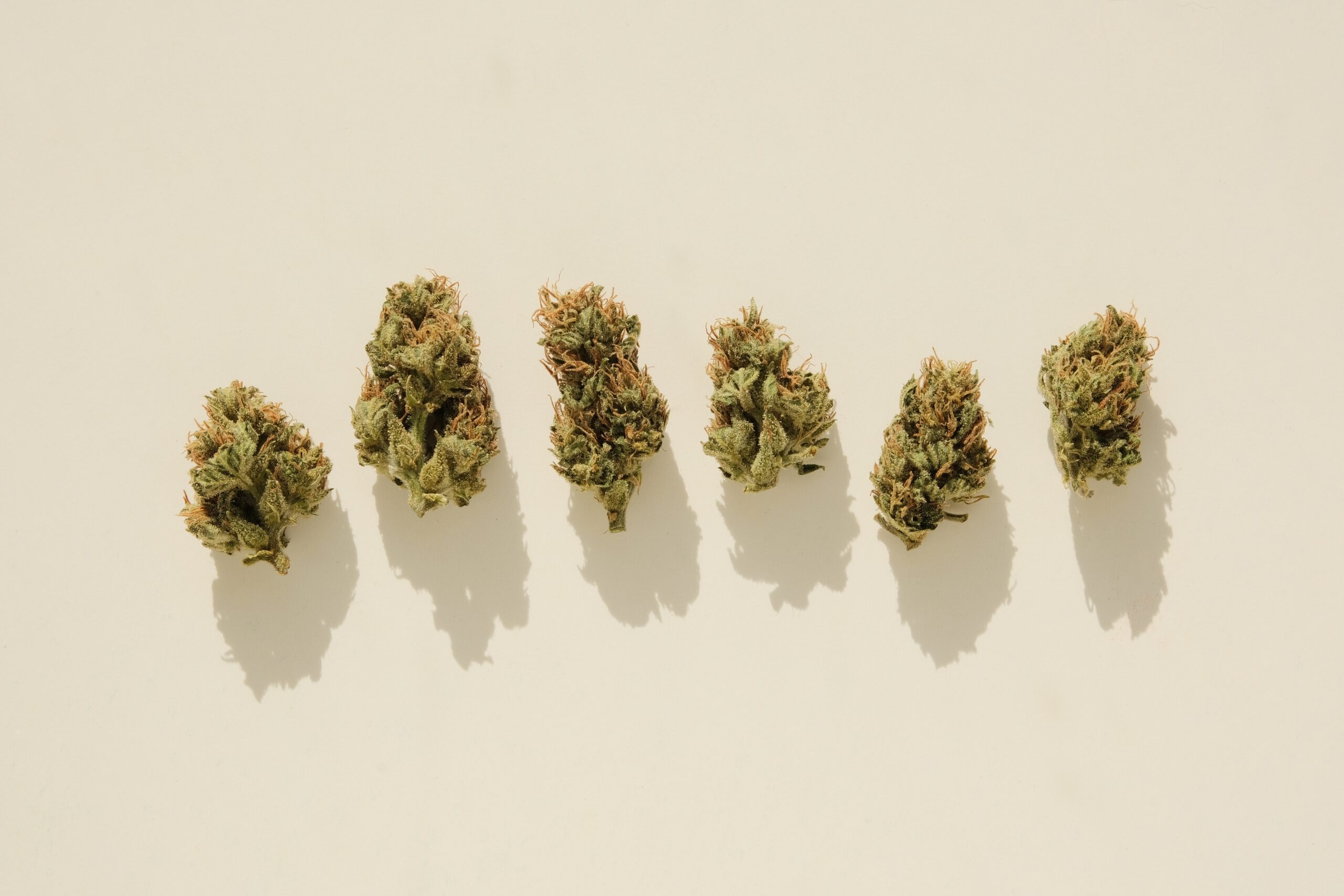MICROBIOLOGY TEST - FAQ
What is a microbiology test?
A microbiology test is a laboratory procedure to examine and characterize microorganisms such as bacteria, yeast, mold and other pathogens. In cannabis the term “microbiology testing” refers to counting the number of bacteria, yeast, mold, etc., or testing whether a specific pathogen is present in the product or not.
What is log reduction in microbiology?
In microbiology “log reduction” is a measure of how effective a process is at reducing pathogens. The greater the log reduction the more effective the process is at killing pathogens. ‘Log’ is short for logarithm, a mathematical term. Every ‘log’ increase is a 10-fold increase. For example, 3-log is 103 or 10 x 10 x 10 = 1,000.
A log reduction takes the power in the opposite direction. For example, a log reduction of 1 is equivalent to a 10-fold reduction or, the final count is 1/10 of the original count. So, the percent reduction is (1 - 1/10) x 100 = 90%.
To determine the log reduction, microbiology labs count the number of colony-forming units (CFU/g) of a given microorganism, e.g., TYMC, in a product before treatment. Then another sample is sent after Radio Frequency treatment to measure CFU/g of the same pathogen. The result of the difference between the ‘before’ and the ‘after’ is expressed as a Log Reduction.
As a basic rule of thumb, for every additional Log reduction number you add a 9 to the percentage reduction – so a log reduction of 3, as illustrated above is (1 - 1/1000) x 100 = 99.9% reduction compared with a log reduction of 6 which is equivalent to a 99.9999% reduction.
What is a gram stain test used for in microbiology?
In microbiology, a gram stain is a test used to identify bacteria. A sample is stained and examined under a microscope to see how the bacteria react to the stain. The bacteria are classified as either Gram-positive or Gram-negative based on the color they turn. Gram-positive bacteria appear purple, while Gram-negative bacteria appear pink.
What are CFUs in cannabis?
CFU stands for Colony Forming Units. It indicates the number of living microorganisms in cannabis. CFU is determined by counting the number of colonies that grow on a Petri dish.
What microbes and pathogens are screened in cannabis testing?
The microbes and pathogens screened in cannabis products vary and depend on state regulations. Some of the common ones include Total Yeast and Mold (TYMC), Total Aerobic Count (TAMC), Aspergillus, Coliforms, E. coli, and Bile-Tolerant Gram-negative Bacteria (BTGN).
What are the types of tests for microbial contamination in cannabis?
Two types of microbial testing are used for cannabis plant material. The first is a culture-based method involving plating a sample on selective media and incubating it under specific conditions to allow the growth of targeted microbes. The colonies formed are then counted to determine the microbial load, expressed as CFU/g. The second is the PCR method, which detects and quantifies specific microbial DNA of pathogens in the sample.
Will Radio Frequency treatment help pass microbial testing?
Treatment with Radio Frequency is proven to reduce Total Yeast and Mold Count (TYMC) by more than 99.9% and comply with regulatory requirements. Radio Frequency is also effective in addressing other testing criteria such as Total Aerobic Microbial Count (TAMC), Bile-Tolerant Gram-Negative (BTGN), Coliforms, and Aspergillus.
Does Radio Frequency eliminate pesticides or heavy metals?
Radio Frequency treatment focuses on reducing microbial contamination, such as yeast, mold, and bacteria, but it does not address or eliminate pesticides or heavy metals.
Can Radio Frequency Treat Penicillium?
Penicillium is a type of mold. It can be found naturally in the environment (soil, decaying vegetation and air).
Like any other microorganism, Penicillium family includes a wide range of species from which a few have been proven to be very beneficial to humans; for example, antibiotic penicillin is produced by Penicillium, and the mold used in making Camembert cheese is from the Penicillium family
On the other hand, a lot of Penicillium species are considered contaminants, and some even can cause infections in humans or produce mycotoxin.
Knowing that Radio Frequency (RF) is effective in total yeast and mold reduction, it is expected that RF can reduce Penicillium population. However, we do not have data specifically related to Penicillium species on cannabis and cannot predict specific log reduction.
Does Radio Frequency kill mycotoxins?
Mycotoxins such as aflatoxins are naturally occurring toxins produced by molds such as Aspergillus. These toxins can be the root of a variety of adverse health effects in both humans and animals. Immune suppression (weakening the immune system) and cancer are among aflatoxin- associated health effects. Most mycotoxins are chemically stable and are not completely destroyed during food processing. To eliminate these compounds, more complex and severe processing conditions are required.
In the past we have tested the effect of RF on reduction of aflatoxin in corn and observed some reduction in aflatoxin concentrations at high temperatures (110-120°C). We do not have any data on the effect of RF on mycotoxins in Cannabis. However, based on previous experience, one can say that the RF process time and temperature for reduction of microbial population in Cannabis is not sufficient to destroy mycotoxins.
Can Radio Frequency treat bile-tolerant gram-negative bacteria?
Bile-tolerant gram-negative (BTGN) bacteria are a group of bacteria that could survive the harsh condition of the human stomach. They are equipped with a membrane that protects them against a wide range of chemicals such as detergents and antimicrobial enzymes or even many antibiotics. Some bacteria from Enterobacteriaceae, Pseudomona and Aeromonas families are members of the bile-tolerant gram-negative bacteria. They are widely spread in the environment.
In the USA, the regulatory agencies that use American Herbal Pharmacopoeia's Cannabis Monograph as a reference for defining the acceptable microbial limit in Cannabis require testing for bile-tolerant gram-negative bacteria with an acceptable limit of < 1000 CFU/g. Washington, Massachusetts, New Mexico, New York, Illinois, and Ohio are among the states with required testing for bile-tolerant gram-negative bacteria.
Canadian regulations require testing for bile tolerant gram-negative bacteria in Cannabis. Ziel has limited experience with remediation of BTGN, however, at this point Ziel doesn’t have adequate data to predict expected log reduction of BTGN with Baseline recipe.
Can Radio Frequency kill Aspergillus?
In limited production runs on cannabis flower that tested positive for Aspergillus, Radio Frequency was able to successfully bring that product to compliance.
Does mold or yeast regrow after Radio Frequency treatment?
No. As long as the water activity level is below 0.65, molds, yeasts, and bacteria will not grow back. Certificates of Analysis usually measure water activity levels. In addition, some states require water activity levels < 0.65 or 0.60 to ensure product stability after it is placed in retail dispensaries.
Should cultivators identify common molds before Radio Frequency treatment?
Cultivators don't need to identify the type of mold before treatment.
Can Radio Frequency fix powdery mildew?
Unfortunately, no. As the mold advances, visual impairment occurs. There is no remediation process that can remove the powdery mildew. The recommendations are to improve your upstream processes prior to harvest, manage the post-harvesting process effectively, and remediate with Radio Frequency.
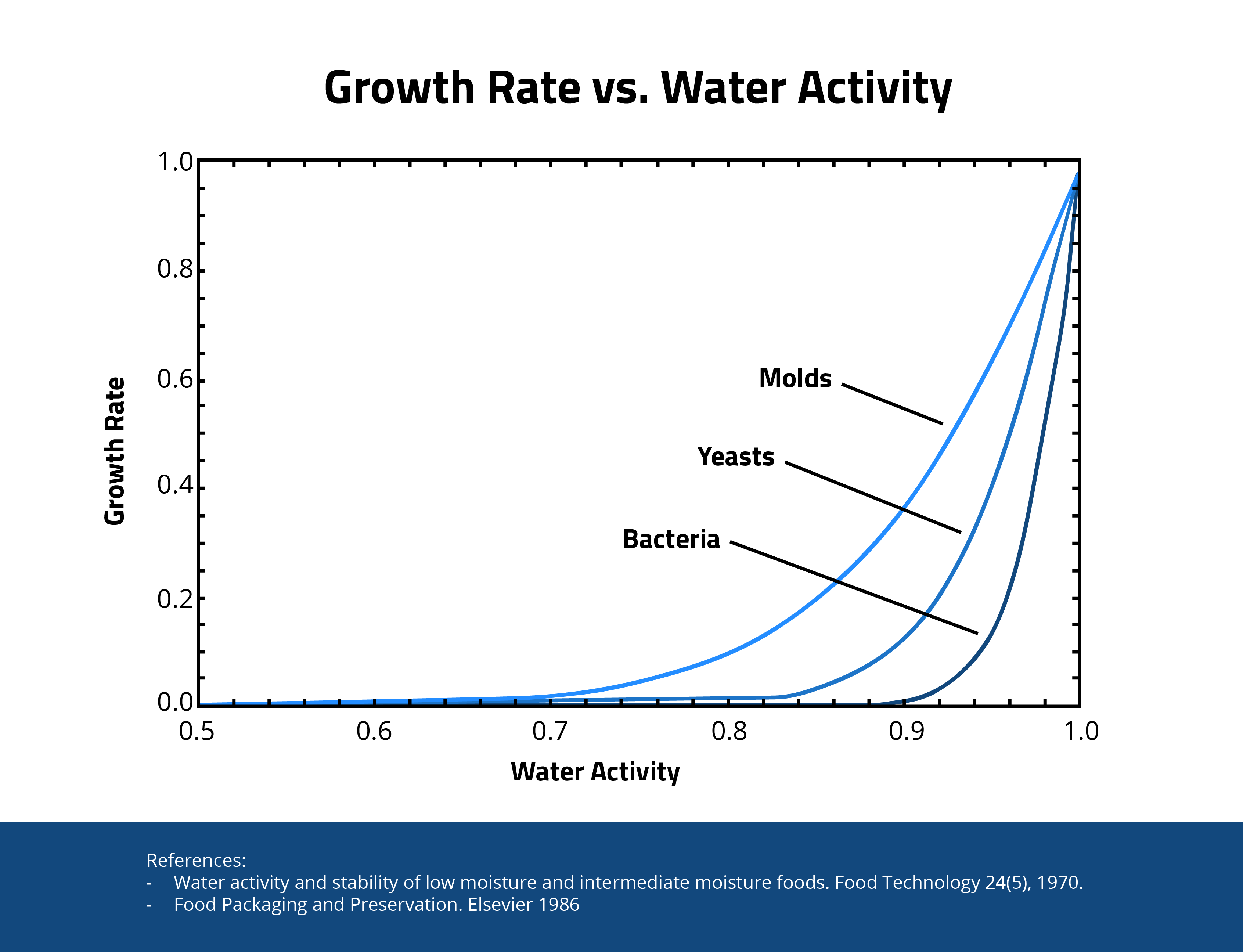
Does Regeneration Occur After Product is Treated with Radio Frequency?
No. As the chart details, as long as the water activity level is below 0.65, molds, yeasts, and bacteria will not grow back. Certificates of Analysis usually measure water activity levels. In addition, some states require water activity levels < 0.65 or 0.60 to ensure product stability after it is placed in retail dispensaries.
More Resources for Ionizing vs Non-Ionizing Radiation

